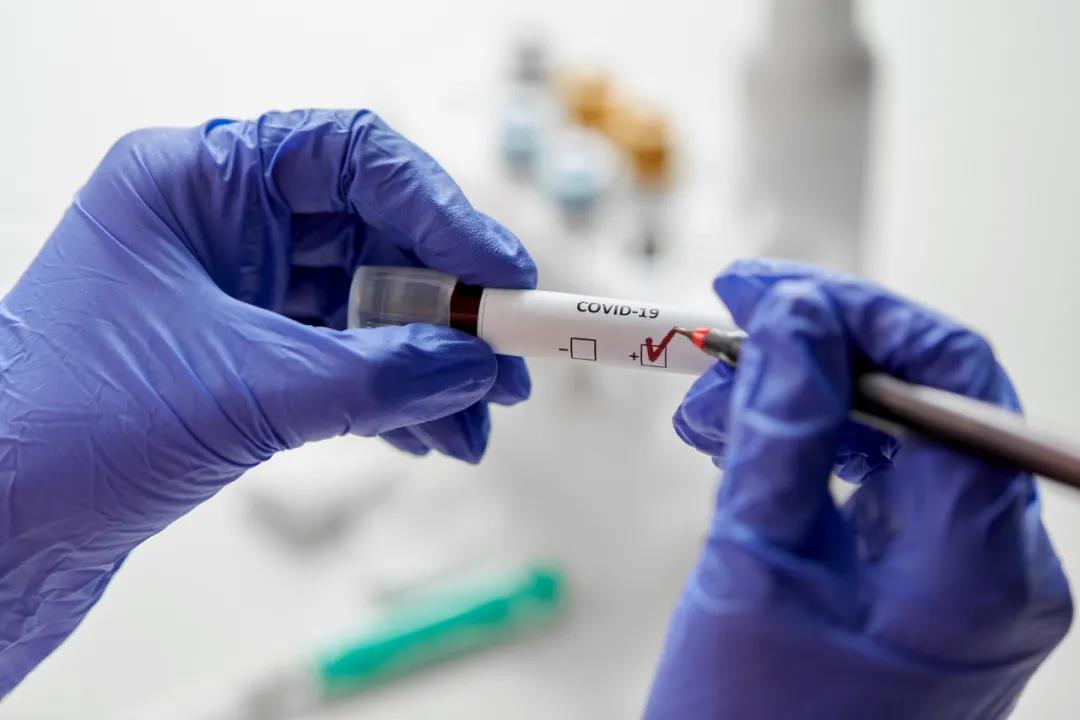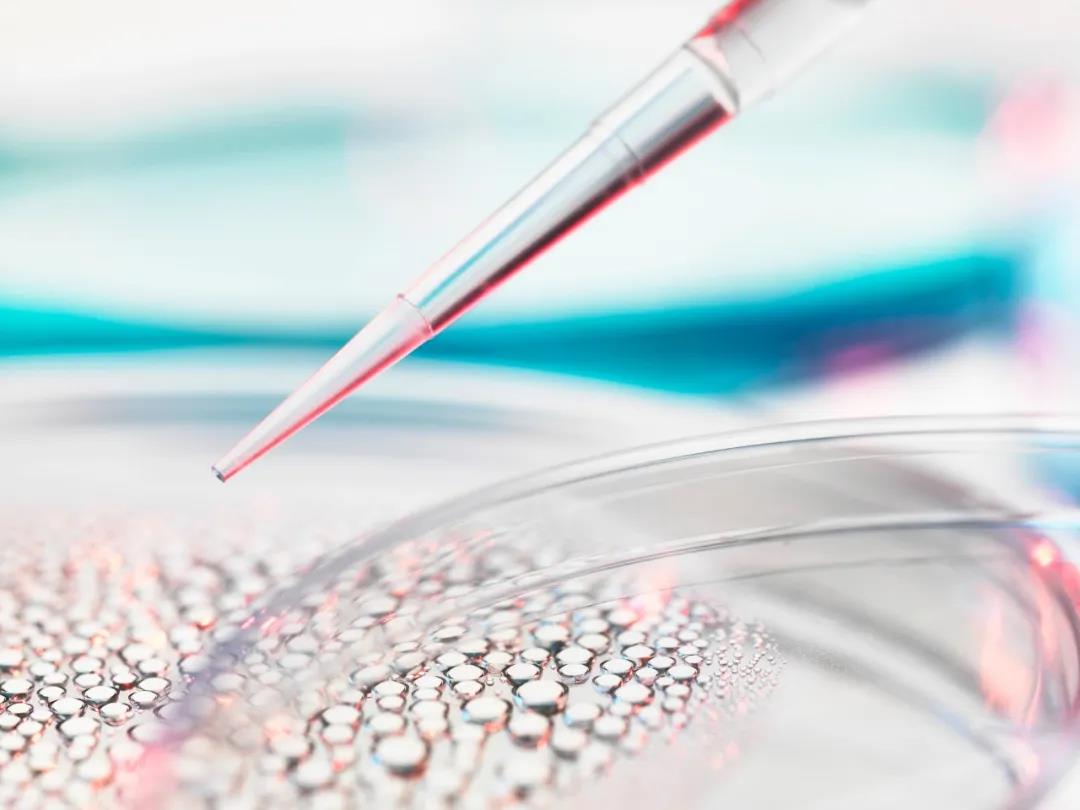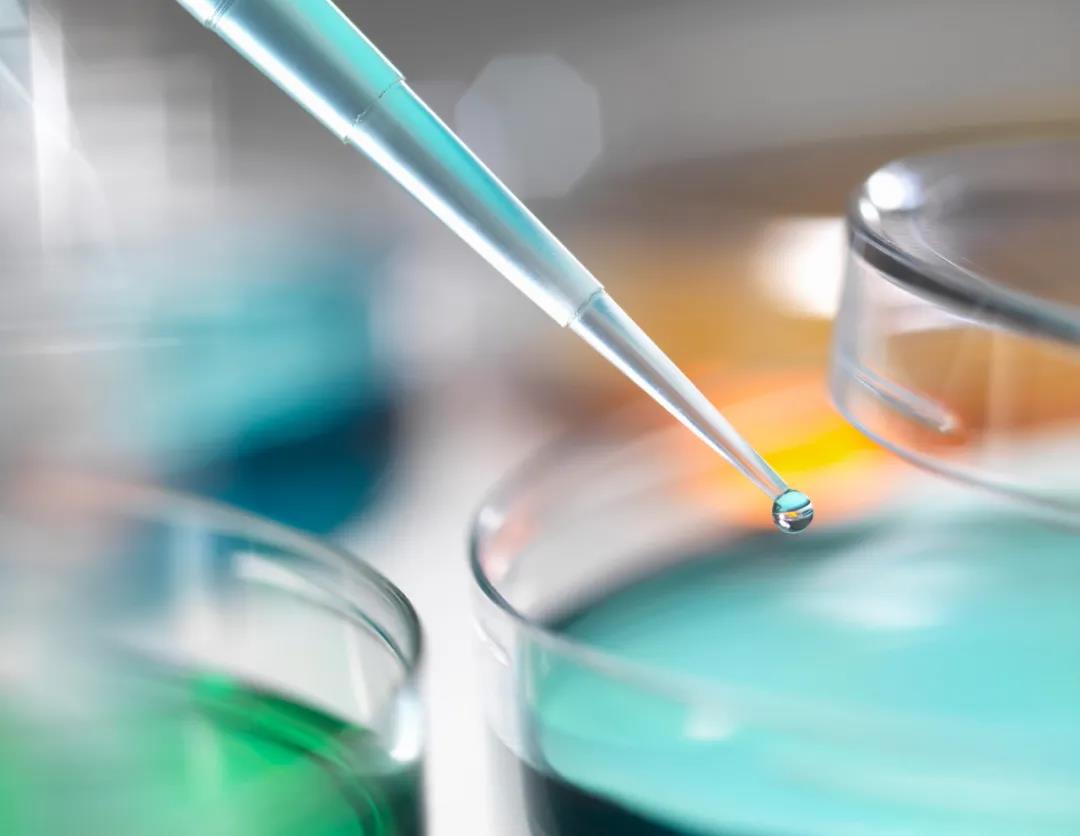Biodegradable medical materials have good compatibility with human tissues, can be absorbed or completely discharged from the body after degradation in the human body, and will not accumulate in the human internal tissues or organs, and have strong stability and easy processing simplicity, so they have broad development prospects in the medical field, and have been applied to tissue repair, implant intervention, drug delivery, wound healing, etc. A growing body of research indicates that the effective application of biodegradable polymer materials in complex in vivo environments, especially the eventual clinical translation of the materials, still faces a series of critical issues and challenges. In order to adapt to medical applications in different in vivo environments, degradable polymer materials have been made into different types of materials or products such as micro and nanoparticles, gels, and implantable devices through self-assembly, chemical reactions, and molding processes.

1. Natural biodegradable medical materials
Natural degradable polymeric biomaterials include proteins (collagen, fibrin, silk, etc.), polysaccharides (starch, alginate, chitin, hyaluronic acid derivatives, etc.), natural polyesters, etc. Although natural biodegradable medical materials have a similar structure to human tissues, the process of interaction with the human body can produce various adverse consequences, so synthetic biodegradable medical biomaterials that can be designed and custom-developed have greater potential for application in the medical field.
2. Synthetic biodegradable medical materials
Synthetic biodegradable biomedical polymers can be degraded into small molecules or monomers by the action of acids, bases or enzymes in vivo, or metabolized to carbon dioxide and water, and then degrade on their own after implantation. Current research on synthetic degradable biomedical polymers is focused on the development of polymeric material properties for medical applications.
Aliphatic polyesters have good biocompatibility and biodegradability, and are important raw materials for the synthesis of biodegradable polymeric medical materials. Polyhydroxyacetic acid (PGA), polylactic acid (PLA), and polylactic acid-hydroxyacetic acid copolymer (PLGA) are the most commonly used biodegradable biomedical polymer materials in biological tissue engineering and 3D scaffolds.

Polyhydroxyacetic acid (PGA) is rapidly degradable and hydrophilic and can dissolve rapidly in the body. In addition, PGA can be used in scaffold-based tissue engineering constructs due to its flexibility in material properties and can also be applied in drug delivery and wound healing, and studies have demonstrated that PGA binds to fibrin for the treatment of soft tissue wounds.Polylactic acid (PLA) is another widely used biodegradable material in biomedicine, and although the structure is similar to that of PGA, the properties differ greatly. Its good mechanical properties for a relatively long time in the human body make it a load-bearing material for orthopedic fixation, etc. At present, a variety of orthopedic products have been developed based on PLA, such as soft tissue fixation screws, phantom suture anchors, etc. The development of PLA-based degradable medical polymer materials is one of the most active research topics in recent years.

Polylactic acid-hydroxyacetic acid copolymer (PLGA) controls the rate of degradation and the time to maintain properties in the body by adjusting the ratio of PGA to PLA, so PLGA is often used in combination with ceramic/bioactive materials to enhance bone regeneration.
There is experimental evidence that PLGA and alloy composite implants have significant antibacterial, osteoconductive, and osteoinductive properties, providing a new direction for orthopedic surgery.
Poly(lactone) (PCL) can be degraded by microorganisms, hydrolysis, and enzymatic promotion, etc. The degradation rate is slow compared to PLA, PGA, and PLGA, so it is generally used for long-term implants and drug delivery. It has been demonstrated that PCL can be used for effective drug delivery and delivery, and research on micron and nanoscale drug delivery systems with PCL as the core remains hot. In addition, PCL-calcium phosphate scaffolds have been shown to be cytocompatible in vitro and can be used for tissue repair.

Polyurethanes (PUR) are ideal for medical devices due to their toughness, durability, biocompatibility and biostability, and are commonly used as heart valves, vascular grafts, catheters and prostheses, etc. PUR combined with lysine diisocyanate enhances cell proliferation and adhesion and can be used to develop highly porous scaffolds. Polyethylene glycol (PEG) has excellent gelability and degradability, good biocompatibility, non-toxicity and low immunogenicity. In medical devices, PEG derivatives are mainly dobby structures that can form hydrogels due to their relatively large molecular weight and can be used mainly for surgical suturing and hemostasis, assisting in tissue regeneration and wound healing.
After spraying PEG hydrogel onto the wound site, the hydrogel rapidly cures to prevent wound bleeding and infection and degrades on its own after the wound heals. Meanwhile, spraying PEG hydrogel onto the organ surface can effectively prevent adhesion of internal organs during surgery.
Application of biodegradable medical materials
1. Coronary stents
In terms of the evolution of coronary stents, coronary stents have undergone a total of four stages of development: relay balloon expansion, bare stent drug-eluting stents (DES) and biodegradable stents. Compared with traditional permanent metal stents, biodegradable stents can effectively avoid the short- and long-term risks arising from permanent implants in the body, such as long-term inflammation, displacement and fracture risks due to long-term irritation of foreign bodies; they can also avoid the continuous impact on imaging examinations such as MRI and CT. After the introduction of biodegradable stents in 2011, it is expected to solve the problem of permanent implantation so that patients can benefit significantly, and become the leading cardiovascular companies are scrambling to promote the research and development direction.

2. Vena cava filter
The mainstream design in the domestic and international market is the retrievable vena cava filter, but the actual clinical recovery rate of the filter is low, and if the filter is not retrieved for a long time in the patient's body will lead to many complications. The biodegradable vena cava filter has both recycling and degradation capabilities, allowing it to degrade and transform into a stent-like structure within the patient's body, eliminating the need for secondary surgery and reducing the rate of long-term complications associated with long-term retention of the filter.
3. Oral restorative film
Oral prosthetic membranes can be subdivided into collagen-based membranes, metal-based membranes, synthetic membranes and allograft membranes according to the source of materials, and absorbable and non-absorbable membranes according to whether the materials can be degraded or not. Of these, non-degradable membranes require secondary surgery for removal, while non-collagen based absorbable membranes do not require secondary surgery but have the side effect of inflammation caused by acidic degradation products. In comparison, biodegradable collagen-based membranes have the most comprehensive advantages.
The current mainstream biodegradable collagen-based oral restorative film uses calf skin, pig skin or pig small intestine mucosa using tissue engineering techniques and undergoes strict and effective decellularization, fire suppression of viruses and other pathogens to preserve the natural collagen fiber spatial structure. The main component is collagen, and no foreign chemical cross-linking agent is added during the production process, which is a purely natural biological material, and it can be degraded in the body without the need for secondary surgery, and the degradation products will not cause immune reactions in the body.

